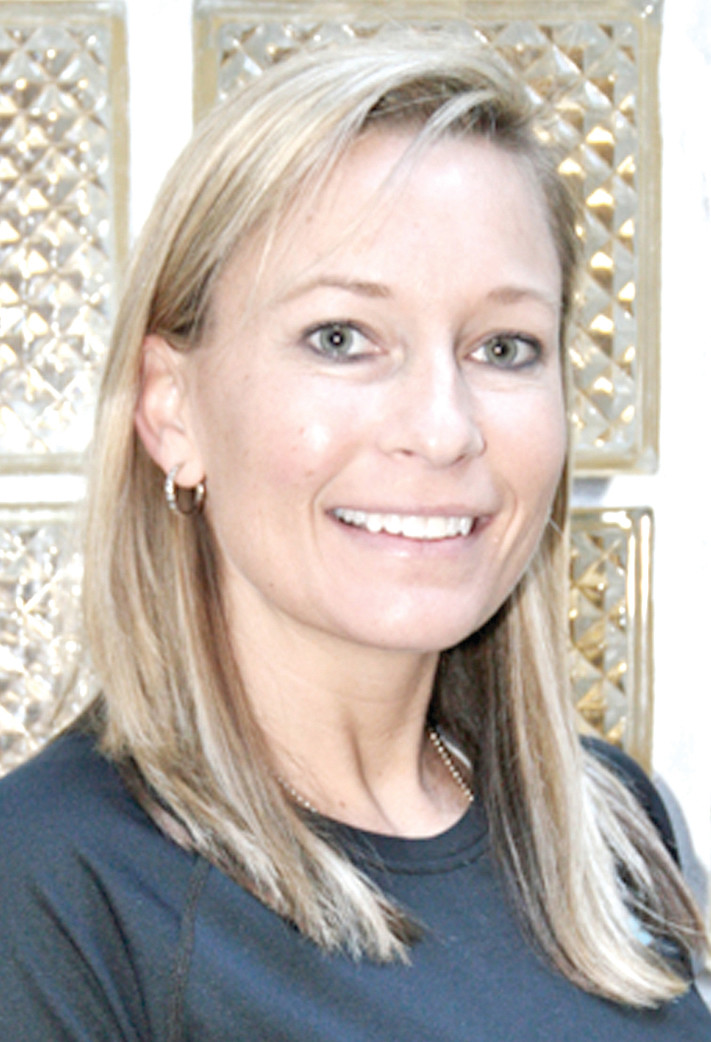More emphasis should be placed on functional age

Special to The Sumter Item
According to the Department of Health and Human Services nearly one third of individuals ages 65-74 and nearly half of individuals over the age of 75 found it difficult or impossible to bend or kneel. When an individual loses the ability to perform simple everyday activities, functional ability is greatly affected. For this reason, more emphasis should be placed on improving functional age rather than increasing chronological age.
As people age, most want to be active, maintain function and independence. But aging itself is often associated with a decline in physiological functions, including the ability to perform daily tasks. When an individual is no longer able to rise from a chair, climb stairs, reach overhead or carry items, one's functional ability has greatly declined.
Experts tend to categorize people by age rather than by health status or fitness level. Yet, someone's functional age may be a better assessment of their position in the aging process than the age number alone. Bone loss and a decrease in muscle mass is inevitable as we age. While this leads to overall decrease in function, researchers suggest that loss of muscle mass and strength in the legs is the main predictor of functional decline.
A decline of muscle mass and strength comes from a significant change within the endocrine system, otherwise known as our hormone system. As we age, the hormones become unbalanced and the body is no longer in a constant, stable state. The body's ability to respond to stress and stimulation is disrupted by the changing hormone levels which can lead to increased inflammation in the body, influencing every part and system of the body.
Physical activity recommendations for functional aging include a 12- to 16-week periodized moderate- to-heavy resistance training program which increases the exercise-induced growth hormone response. A high-intensity cardio program above lactate threshold (85 percent of maximum heartrate) that includes 30-second sprint intervals show immediate increases in testosterone and growth hormones and a decrease in cortisol. Comparatively, low-intensity exercises have no significant hormone responses.
While we can't control the natural aging hormone changes, research shows that physical activity can positively influence hormones, minimizing functional decline. Studies conclude that exercise intensity is a key factor in hormone output and that older adults can benefit from both cardiovascular and resistance training that add strength to performing daily tasks.
Missy Corrigan is executive of community health for Sumter Family YMCA. She can be reached at mcorrigan@ymcasumter.org or (803) 773-1404.
More Articles to Read
